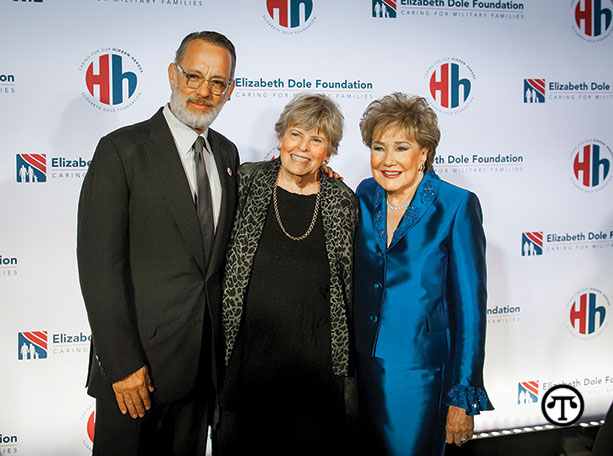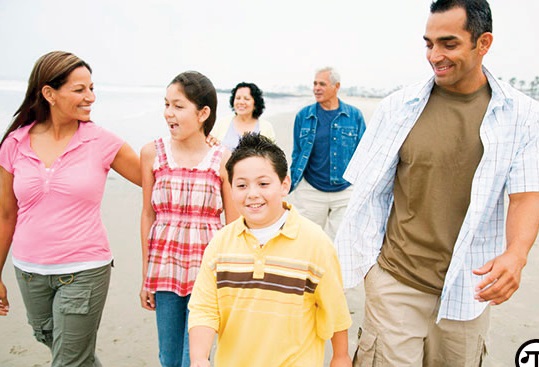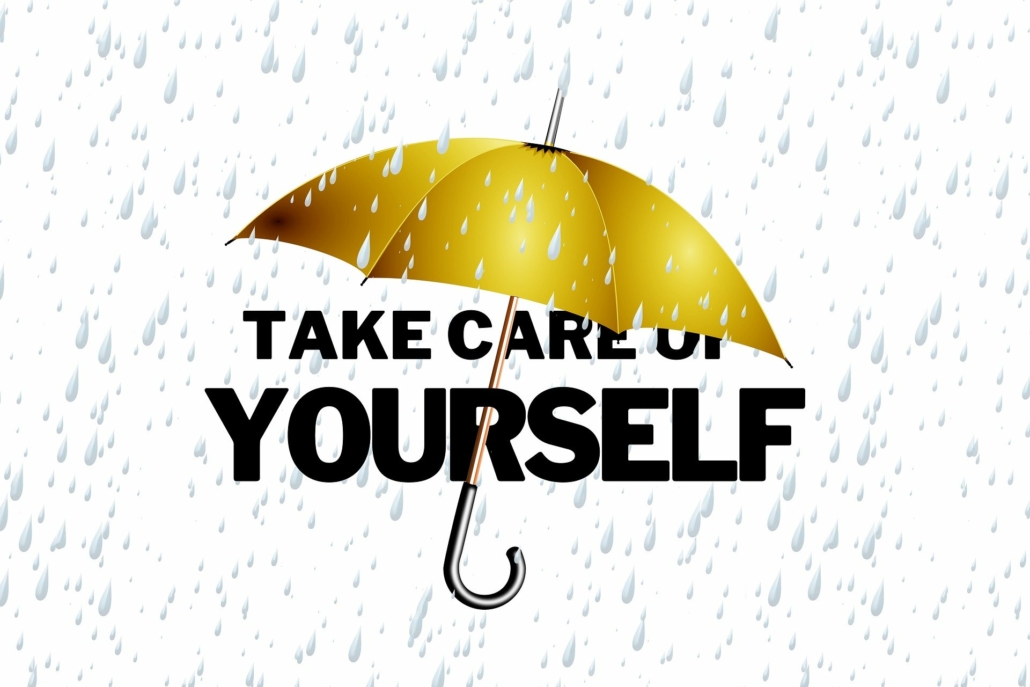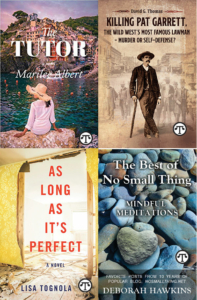FOR YOUR HEALTH: Protecting your ability to drive safely for as long as possible
 SAFETY ON THE ROAD
SAFETY ON THE ROAD
(NAPS)—Driving a car means maintaining independence for many older adults. Driving allows you to shop, see friends and family, keep up with
medical appointments, and avoid social isolation. But sometimes staying safe behind the wheel as you age can be a challenge.
Age-related physical and mental changes can affect your ability to drive safely. If you’re alert to these changes and manage them carefully, you may be able to continue driving safely for some time.
To keep your skills as sharp as possible, consider following these suggestions from experts at the American Geriatrics Society (AGS), healthcare professionals dedicated to improving the health, independence, and quality of life of older people:
Check your eyesight to keep it as sharp as possible by getting a complete annual eye exam once you turn 60. Test yourself to monitor your vision:
- Do you have problems reading street signs?
- Are you having difficulty seeing road or pavement markings, curbs, or other vehicles or pedestrians, especially at dawn, dusk, and nighttime?
- Is glare from oncoming headlights making it hard to see when driving at night?
Assess your physical fitness to drive by asking yourself:
- Can I comfortably turn my neck to see over my shoulder when I change lanes?
- Can I easily move my foot from the gas pedal to the brake? Can I easily turn the steering wheel?
- During the past year, have I fallen one or more times?
- Do I regularly walk more than a block a day?
- Can I raise my arms above my shoulders?
Perform a reality check on your attention span and reaction time:
- Are you overwhelmed by signs, traffic signals, and car and pedestrian traffic, especially at busy intersections?
- Does it seem harder to merge into traffic on the highway?
- Do you take any medications that make you sleepy, dizzy, or confused?
- Do you feel less confident about driving at highway speeds?
- Do you react slowly to cars entering your roadway, or to cars that have slowed or stopped in front of you?
Pay attention to changes and warnings:
- Have friends or family members expressed worries about your driving?
- Have you ever gotten lost on familiar routes or forgotten how to get to familiar destinations?
- Has a police officer pulled you over to warn you about your driving?
- Have you been ticketed for your driving, had a near miss, or a crash in the last three years?
- Has your healthcare provider warned you to restrict or stop driving?
Consider Getting a Professional Driving Assessment
If you’ve experienced driving problems like these or are worried about your ability to be a safe driver, consider getting a professional assessment of your skills.
Occupational therapists trained as driving rehabilitation specialists can evaluate your driving skills and strengths, as well as any physical, visual, and cognitive challenges you may face. They can also evaluate your ability to operate a vehicle safely and, if needed, recommend ways to reduce your risks.
Driving rehabilitation specialists are trained to evaluate older drivers for:
- Muscle strength, flexibility, and range of motion
- Coordination and reaction time
- Judgment and decision-making skills
- Ability to drive with special devices that adapt your vehicle to your needs
The specialist may recommend ways for you to drive more safely after the evaluation. Suggestions may include getting special equipment for your car or helping you sharpen your skills.
Not sure how to find a driving rehabilitation specialist? Talk to your healthcare provider or contact the American Occupational Therapy Association for a directory. You can also visit the AGS’s public education website, https://www.healthinaging.org/driving-safety, for more safe driving resources for older adults and caregivers.


 Medical researchers may have come up with a way to treat such dreaded conditions as Alzheimer’s disease, MS and spinal cord injuries.
Medical researchers may have come up with a way to treat such dreaded conditions as Alzheimer’s disease, MS and spinal cord injuries. (NAPSI)—Academy Award winner Tom Hanks is rallying the nation behind America’s military caregivers with help from the legacy of a legend, Bob Hope. Hanks launched the Military Caregiver Champion program with the Elizabeth Dole Foundation to fund resources for the 5.5 million Americans voluntarily caring for a loved one who was wounded, made ill or injured through military service. Hope’s daughter, Linda Hope, was the first to join the campaign, donating $1 million on behalf of the Bob and Dolores Hope Foundation.
(NAPSI)—Academy Award winner Tom Hanks is rallying the nation behind America’s military caregivers with help from the legacy of a legend, Bob Hope. Hanks launched the Military Caregiver Champion program with the Elizabeth Dole Foundation to fund resources for the 5.5 million Americans voluntarily caring for a loved one who was wounded, made ill or injured through military service. Hope’s daughter, Linda Hope, was the first to join the campaign, donating $1 million on behalf of the Bob and Dolores Hope Foundation. (NAPSI) — No matter what stage of life you’re in—whether you’re an adult, an older person, a pregnant woman or a parent—consuming healthy foods and beverages, combined with getting regular physical activity, stress relief and adequate sleep, may help you or your children stay healthy for life!
(NAPSI) — No matter what stage of life you’re in—whether you’re an adult, an older person, a pregnant woman or a parent—consuming healthy foods and beverages, combined with getting regular physical activity, stress relief and adequate sleep, may help you or your children stay healthy for life! (NAPSI)—In a world that moves so quickly, people can sometimes forget to take time for themselves. Self-care is a way to slow down and focus on taking care of your own well-being. Regular self-care also can have a strong effect on mental health, preventing burnout, reducing the negative effects of stress and helping you refocus.
(NAPSI)—In a world that moves so quickly, people can sometimes forget to take time for themselves. Self-care is a way to slow down and focus on taking care of your own well-being. Regular self-care also can have a strong effect on mental health, preventing burnout, reducing the negative effects of stress and helping you refocus. (NAPSI)—People with low vision have blind spots that can make it difficult or impossible to drive, read or see faces. These impairments cannot be corrected by surgery or glasses. What’s more, too many are blind to the realization that much can be done to improve their quality of life.
(NAPSI)—People with low vision have blind spots that can make it difficult or impossible to drive, read or see faces. These impairments cannot be corrected by surgery or glasses. What’s more, too many are blind to the realization that much can be done to improve their quality of life. (NAPSI)—Some games topping holiday wish lists-including the season’s most anticipated release, “Call of Duty: Modern Warfare”—contain imagery that could be putting the health of young people at risk.
(NAPSI)—Some games topping holiday wish lists-including the season’s most anticipated release, “Call of Duty: Modern Warfare”—contain imagery that could be putting the health of young people at risk.
 (NAPSI)—When a child or youth is placed into foster care, their safety and well-being become the shared responsibility of the community. Organizations such as the nonprofit Treehouse are an important part of the solution. Staff and volunteers work to provide childhood experiences everyone deserves, connection to resources and a successful launch into adulthood.
(NAPSI)—When a child or youth is placed into foster care, their safety and well-being become the shared responsibility of the community. Organizations such as the nonprofit Treehouse are an important part of the solution. Staff and volunteers work to provide childhood experiences everyone deserves, connection to resources and a successful launch into adulthood. (NAPSI)—It could be said that everything Troy Amdahl learned to love he learned in kindergarten. No kidding. He met Kristen, his wife of 29 years, at age five, remained friends, took her to the senior prom, married and raised four children.
(NAPSI)—It could be said that everything Troy Amdahl learned to love he learned in kindergarten. No kidding. He met Kristen, his wife of 29 years, at age five, remained friends, took her to the senior prom, married and raised four children.